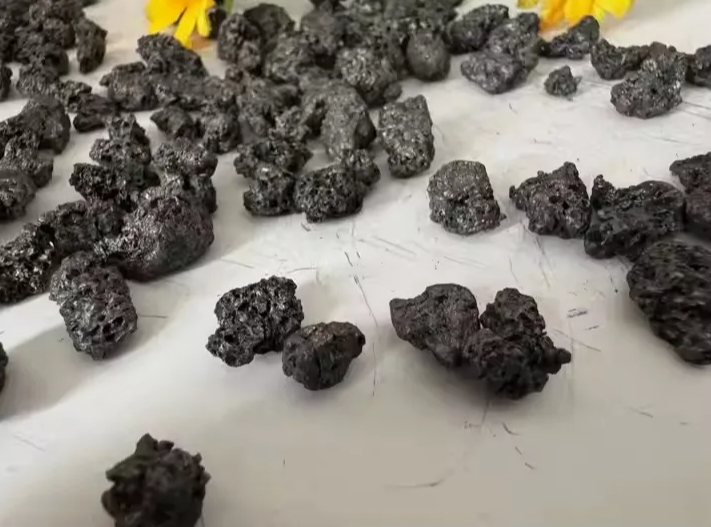
Graphite Petroleum Coke is essential to the steelmaking industry as it can be used as a partial substitute for graphite waste in certain applications. This versatility is what makes it so valuable in the steel-making process. It helps manufacturers achieve cost savings without sacrificing product quality or productivity. It is also used in the production of industrial accessories such as graphite crucibles and carbon electrodes.
Moreover, a high-quality graphite petroleum coke is also used as an alternative for petroleum-based fuels in the power generation sector. This material's high calorific value allows companies to save energy, reduce operating costs and maintain the same level reliability and performance. It is therefore considered an important renewable energy source.
This raw material is unique in its physical properties and characteristics. The morphology of this substance is particularly significant, as it influences its behavior and uses. The different types Graphite Petrol Coke vary in appearance, color and luster. For instance, calcined oil coke is dark in color and has a dense texture. Oil nip coke appears less uniform and has a metallic glow.

The production process can also affect the morphology. The unprocessed coke that emerges from the coker is known as green coke, and it can either be fuel or anode grade. The former is higher in sulfur and metals, while the latter has lower levels. The anode-grade of this raw materials is especially important for aluminum, since it requires high-quality coke which has a low impurity level and an even particle distribution.
In order to produce high-quality petroleum coke graphite, it must go through a transformation process known as "graphitization". This process alters the crude oil's structure and rearranges the carbon atoms to produce better properties. This type of coke has been used by a number of industries, such as iron and steel production, metallurgy or cement kilns.
This important shift towards a cleaner and more sustainable economy will likely have a profound effect on our daily lives. To make the most of this valuable raw material, it's important to evaluate its properties and understand them.
Researchers evaluated the morphology in a compressed chamber of three different grades of needle coke as potential parents for ECE. The Raman and TGA results showed that CK-b could exfoliate into graphene family materials. 10 and 11. The authors compared this final product with the parent CKs and found that their properties were similar. The authors suggest that this is due primarily to the fact the ECE process isolates more-crystalline precursors. These findings are a positive step towards the use of crude petroleum coke to manufacture advanced carbon materials.

Write a Message